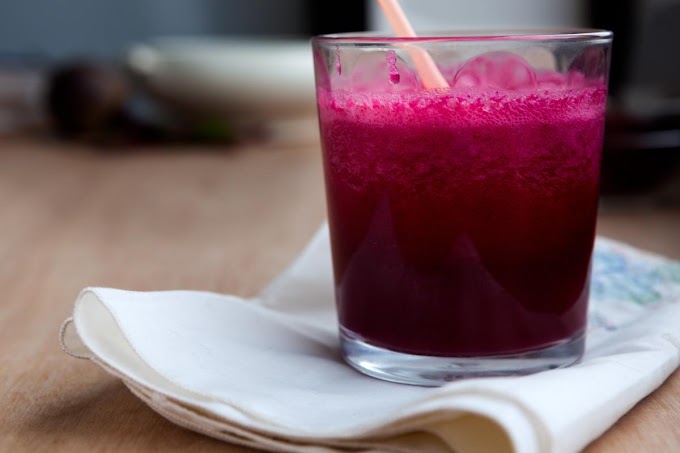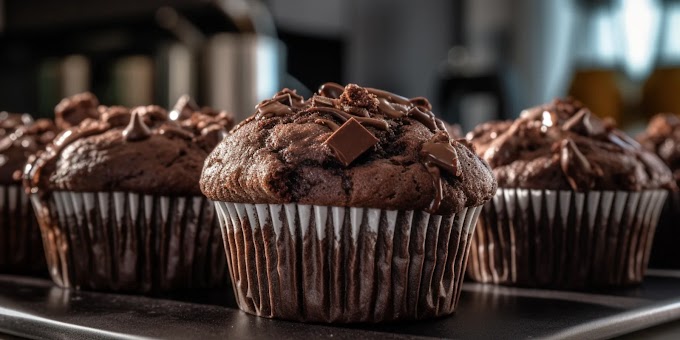Chinese fried rice is a beloved dish known for its delightful combination of flavors and textures, making it a staple in Chinese cuisine and around the world. While it seems simple—just rice mixed with vegetables, meats, and seasonings—the choice of rice plays a pivotal role in the final outcome. The type of rice you use can either elevate your fried rice to restaurant-quality or result in a clumpy, mushy disappointment.
In this blog, we’ll dive deep into the nuances of selecting the best rice for Chinese fried rice, explaining why certain varieties work better than others and how to prepare the rice properly for that signature fluffy and slightly crispy texture.
The Best Rice for Chinese Fried Rice: Long-Grain Rice
When it comes to making perfect Chinese fried rice, long-grain rice is often the go-to choice. Long-grain rice, as the name suggests, has grains that are long and slender. These grains tend to stay separate and firm when cooked, which is ideal for fried rice.
Why Long-Grain Rice Works Best
One of the key characteristics of long-grain rice is its low starch content. Rice high in starch tends to stick together, making it difficult to achieve that light, fluffy texture needed for fried rice. Long-grain rice has less surface starch, allowing each grain to remain distinct. This separation is crucial because it allows the rice to absorb the flavors of soy sauce, sesame oil, and other seasonings without becoming soggy.
In Chinese cuisine, jasmine rice and basmati rice are common long-grain varieties, but jasmine rice is often preferred because of its slightly sticky yet firm texture. It has a subtle aroma and flavor, making it a great canvas for absorbing the bold flavors of fried rice. Basmati rice can also work well, although it has a more distinctive fragrance that may not blend as seamlessly with traditional Chinese ingredients.
Popular Long-Grain Rice Varieties for Fried Rice
Jasmine Rice
Jasmine rice is a staple in many Asian households and is arguably the best rice for Chinese fried rice. Its slightly floral aroma and fluffy texture give fried rice the right balance of tenderness and firmness. When properly cooked and left to cool, it becomes the perfect base for fried rice, ensuring that the grains don’t clump together during the frying process.
Basmati Rice
While basmati rice is often associated with Indian cuisine, it can be a good alternative for fried rice. Its long, slender grains stay separate and provide a distinct texture. However, because of its strong fragrance and nutty flavor, it may not be the first choice for those aiming to replicate traditional Chinese fried rice.
American Long-Grain Rice
American long-grain rice is another viable option for fried rice. It’s widely available and can produce the right texture when cooked properly. However, it lacks the aroma of jasmine rice, which could make a difference in the overall flavor of the dish.
The Importance of Day-Old Rice
One of the most critical tips for making authentic fried rice is to use day-old, leftover rice. Freshly cooked rice tends to be moist and slightly sticky, which can lead to clumps when frying. When you refrigerate rice overnight, it dries out, which helps the grains separate more easily during the frying process. Day-old rice is drier and firmer, which is exactly what you need for good fried rice.
How to Prepare Rice for Fried Rice
If you don’t have leftover rice, you can still make fried rice by preparing the rice a few hours ahead of time. Here’s how to do it:
Cook the rice with slightly less water
Use about 10-15% less water than usual when cooking the rice. This will result in slightly drier rice, which mimics the texture of day-old rice.
Spread the rice out
Once the rice is cooked, spread it out on a baking sheet or tray in a thin layer. This helps the rice cool down quickly and allows the surface moisture to evaporate faster. Placing it in the fridge for a few hours will help dry it out further.
Fluff the rice
After cooling, gently fluff the rice with a fork to separate the grains. Avoid over-stirring, as this could break the grains and create a mushy texture.
Store the rice properly
If you’re preparing rice for the next day, store it in an airtight container in the refrigerator. The cold temperature will firm up the grains and help create the perfect texture for frying.
Alternative Rice Options
While long-grain rice is the preferred option, some other rice varieties can also be used for fried rice if you’re looking to experiment with different textures and flavors.
Medium-Grain Rice
Medium-grain rice has a slightly higher starch content than long-grain rice, which makes it more prone to stickiness. This type of rice is used in dishes like risotto and paella, where creaminess and starchiness are desired. However, medium-grain rice can still be used for fried rice if you cook it properly and ensure that it’s cooled down adequately before frying. The result will be a stickier fried rice, but some people enjoy the chewy texture it provides.
Short-Grain Rice
Short-grain rice, often used in sushi, has the highest starch content and is the stickiest. It’s not traditionally used for fried rice because of its tendency to clump together, but if you prefer a stickier texture, short-grain rice can work as long as you follow the same cooling and drying process mentioned earlier.
Brown Rice
If you’re looking for a healthier option, brown rice can be used in fried rice, although it changes the flavor and texture. Brown rice is a whole grain, meaning it retains the bran and germ, which makes it more nutritious but also gives it a chewier texture. It’s also slightly nutty in flavor, so it doesn’t mimic the taste of traditional fried rice as closely as white rice varieties. However, if you’re making a health-conscious version, brown rice is a great alternative. Make sure to cook it a little longer and let it dry out properly before using it in fried rice.
Cooking Techniques for Perfect Fried Rice
The technique you use to fry the rice is just as important as the type of rice itself. To get that classic fried rice texture, follow these tips:
Use high heat
High heat is essential for stir-frying the rice quickly and evenly. It helps to evaporate moisture from the rice and gives it that slightly crispy, toasted texture.
Cook in small batches
If you overcrowd the pan, the rice will steam instead of fry, resulting in a mushy texture. Cook the rice in small batches so that each grain has enough space to fry and crisp up.
Use a wok or large skillet
A wok is ideal for making fried rice because of its high sides and wide surface area, which allow the rice to be tossed and stirred easily. If you don’t have a wok, use the largest skillet you have to ensure even cooking.
Add ingredients in stages
To prevent overcrowding, cook your vegetables, meats, and eggs in stages. Remove them from the pan and set them aside while you fry the rice, then add them back at the end to combine everything.
Final Thoughts
Choosing the right rice is the key to making delicious Chinese fried rice. Long-grain rice, especially jasmine rice, is the best option due to its firm, fluffy texture and ability to stay separate during frying. Using day-old rice or ensuring that your freshly cooked rice is properly dried will further enhance the dish. By following the right preparation and cooking techniques, you can create restaurant-quality fried rice at home every time.








Social Plugin